24/7 Helpline:
(866) 899-111424/7 Helpline:
(866) 899-1114
Learn more about Eating Disorder Treatment centers in Shafter
Eating Disorder Treatment in Other Cities

Other Insurance Options

Carleon

Coventry Health Care

Ceridian

Medical Mutual of Ohio

GEHA

Health Partners

Absolute Total Care

UMR

UnitedHealth Group

Optum

WellCare Health Plans

Sutter

Ambetter

Molina Healthcare

Sliding scale payment assistance

Covered California

PHCS Network

Providence

Choice Care Network

BlueShield





Turning Point of Central CA – Outpatient
Turning Point of Central CA – Outpatient is a private rehab located in Bakersfield, California. Turn...

Henrietta Weill Memorial Child Guidance
Henrietta Weill Memorial Child Guidance is a private rehab located in Bakersfield, California. Henri...

Salvation Army – Adult Rehabilitation Center
Salvation Army - Adult Rehabilitation Center is a non-profit treatment center located in Bakersfield...

Recovery Innovations – Freise Hope House
Recovery Innovations – Freise Hope House is a private rehab located in Bakersfield, California. Reco...

College Community Services
College Community Services is a private rehab located in Tehachapi, California. College Community Se...

College Community Services
College Community Services is a public rehab located in Mojave, California. College Community Servic...

Aspire Counseling Services
Aspire Counseling Services is an outpatient drug and alcohol rehab for adolescents and adults in Bak...

WestCare – Bakersfield – H Street Campus
WestCare Bakersfield – H Street Campus is a men’s half-way house facility located in a residential n...

Kern County Mental Health Department
Kern County Mental Health Department is a public rehab located in Wasco, CA. Kern County Mental Heal...

BAIHP – Bakersfield American Indian Health Program
BAIHP – Bakersfield American Indian Health Program is a non-profit rehab located in Bakersfield, Cal...

Bakersfield Recovery Services – Capistrano Community for Women Facility
Bakersfield Recovery Services – Capistrano Community for Women Facility is a non-profit rehab locate...

Action Family Counseling
At Action Family Counseling in the Santa Clarita Valley, California people with addiction problems a...

Jasons Retreat Recovery Services – Men’s Residential
Jasons Retreat Recovery Services – Men’s Residential is a private rehab located in Bakersfield, Cali...

AEGIS Treatment Centers
AEGIS specializes in medication assisted treatments for people struggling with substance abuse. AEGI...

Bakersfield Medical & Mental Health Services
El Dorado Community Service Centers - Bakersfield Medical & Mental Health Services is a private reha...

Bakersfield Recovery Services – IOP Services
Bakersfield Recovery Services – IOP Services is a private rehab located in Bakersfield, California. ...

Kern County Teen Challenge
Kern County Teen Challenge is located in Bakersfield, California and they provide alcohol and drug a...

Bakersfield Behavioral Healthcare Hospital
Bakersfield Behavioral Healthcare Hospital is a private rehab located in Bakersfield, California. Ba...

Community Service Organization – De Colores Center
Community Service Organization – De Colores Center is a private rehab located in Lamont, California....

MHS – Kern ACTions
MHS - Kern ACTions is a distinct Assertive Community Treatment (ACT) program for those individuals m...

JC Outlet Tution Sober Living
JC Outlet Tution Sober Living is a private rehab located in Bakersfield, California. JC Outlet Tutio...

Jasons Retreat Recovery Services – Outpatient
Jasons Retreat Recovery Services – Outpatient is a private rehab located in Bakersfield, California....

All Points North Lodge
All Points North Lodge is an accredited luxury dual diagnosis addiction treatment center nestled in ...

Phoenix House
Phoenix House, located in the center of a vibrant community, provides a full spectrum of substance u...

JFK Center for Behavioral Health
JFK Center for Behavioral Health is a private rehab located in Edison, New Jersey. JFK Center for Be...

Shoreline Treatment Center
Shoreline Treatment Center is a private rehab located in Taft, Texas. Shoreline Treatment Center spe...









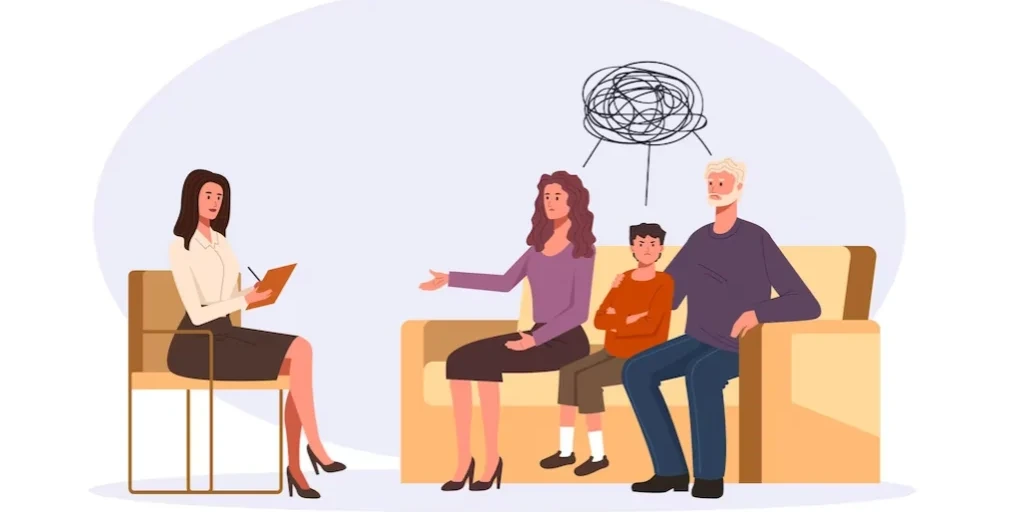















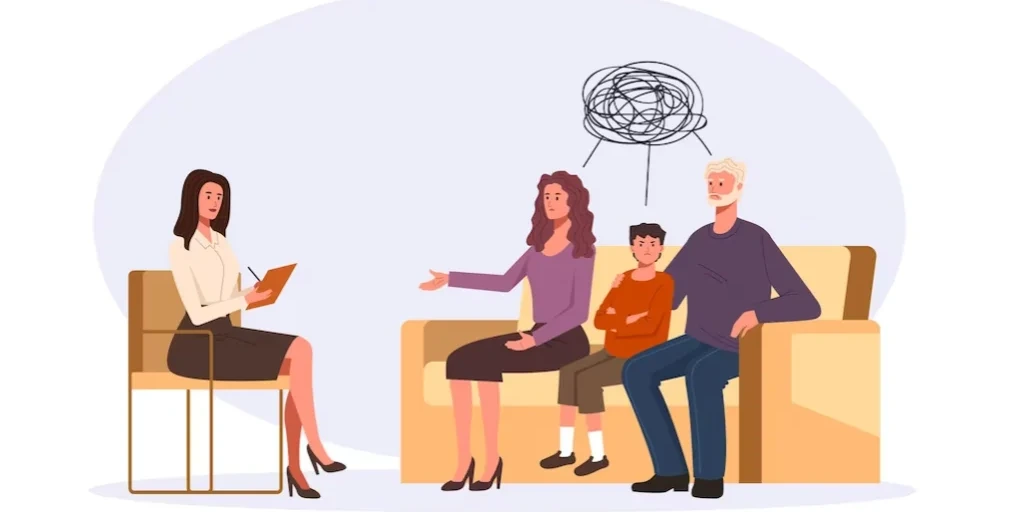






















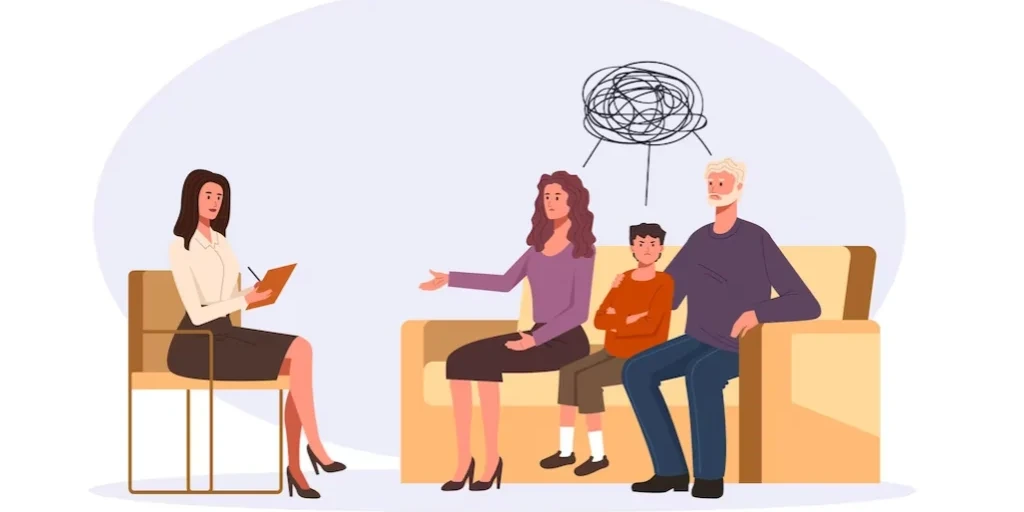
































































































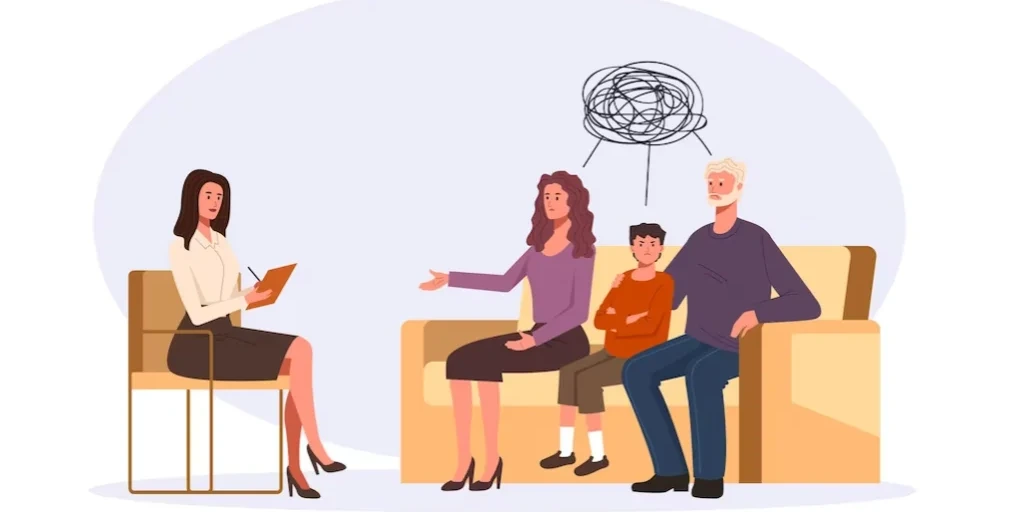












Lance’s Haven
Lance’s Haven is a private rehab located in Bakersfield, California. Lance’s Haven specializes in th...

Teens Living Clean
Teens Living Clean is an outpatient rehab located in Bakersfield, California. Teens Living Clean spe...

Women of Worth Recovery House
Women of Worth Recovery House is a private rehab located in Bakersfield, California. Women of Worth ...

Kern County Mental Health Department
Kern County Mental Health Department is a public rehab located in Bakersfield, California. Kern Coun...

Bakersfield Recovery Services
Bakersfield Recovery Services is a private rehab located in Bakersfield, CA. Bakersfield Recovery Se...

Citizens for Betterment – Capistrano Women
Citizens for Betterment – Capistrano Women is a private rehab located in Bakersfield, California. Ci...

AA – Alcoholics Anonymous
AA – Alcoholics Anonymous is a non-profit rehab located in Kernville, California. AA – Alcoholics An...

Ebony Counseling Center
Ebony Counseling Center is a private rehab located in Bakersfield, California. Ebony Counseling Cent...

Bakersfield Recovery Services DBA Jason’s Retreat
Bakersfield Recovery Services DBA Jason’s Retreat is a non-profit rehab located in Bakersfield, Cali...

Tabitha House Ministries
Tabitha House Ministries is a private rehab located in Bakersfield, California. Tabitha House Minist...

Kern River Valley Alano Club
Kern River Valley Alano Club is a non-profit rehab located in Lake Isabella, California. Kern River ...

Kern County Hispanic Commission on Alcohol and Drug Abuse
Kern County Hispanic Commission on Alcohol and Drug Abuse is a private rehab located in Bakersfield,...

AA – Alcoholics Anonymous
AA – Alcoholics Anonymous is a non-profit rehab located in Frazier Park, California. AA – Alcoholics...

Vinesman Ponderosa – Christian Recovery Ranch
Vinesman Ponderosa – Christian Recovery Ranch is a private rehab located in Bakersfield, California....

West Kern
West Kern offers outpatient treatment for individuals with alcohol and/or substance addiction. The p...

Restoration Village Treatment Center
Restoration Village Treatment Center is a private rehab located in Bakersfield, California. Restorat...

Step II
Step II is a private rehab located in Bakersfield, California. Step II specializes in the treatment ...

AA – Alcoholics Anonymous
AA – Alcoholics Anonymous is a non-profit rehab located in Bakersfield, California. AA – Alcoholics ...
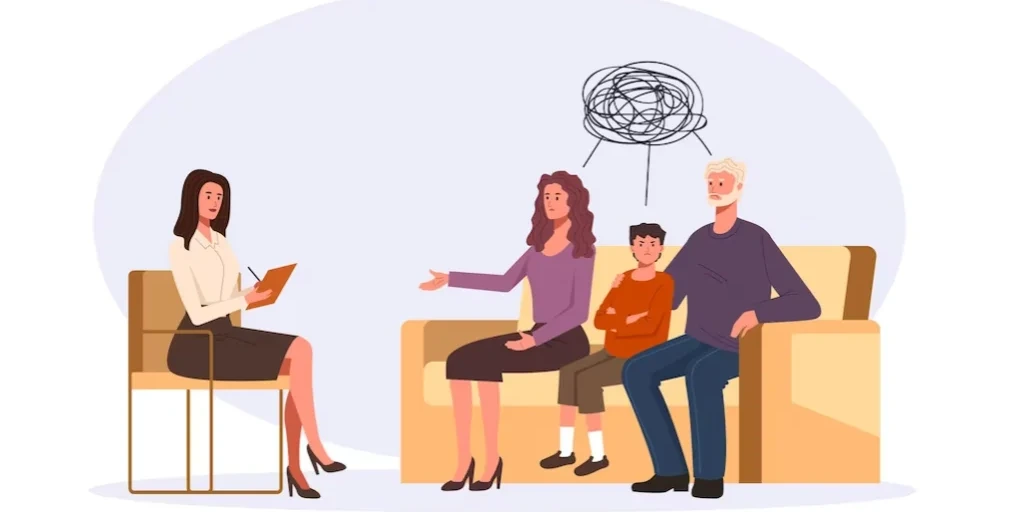
Villages of Vision – Adolescent Substance Abuse Treatment
Villages of Vision – Adolescent Substance Abuse Treatment is a private rehab located in Bakersfield,...

Crestwood Behavioral Health
Crestwood Behavioral Health is a private rehab located in Bakersfield, California. Crestwood Behavio...

Synergy Recovery Services
Synergy Recovery Services offers intentsive outpatient and outpatient services for individuals with ...

Action Family Counseling – The Bakersfield House
Action Family Counseling - Adult Residential offers treatment for those individuals struggling with ...

Kern County Hispanic Commission on Alcohol and Drug Abuse Services
Kern County Hispanic Commission on Alcohol and Drug Abuse Services offers alcohol and substance abus...

Oxford House Golden Empire
Oxford House Golden Empire is a non-profit house located in Bakersfield, CA. Oxford House Golden Emp...

Steps Inc
Steps Inc is a private rehab located in Bakersfield, California. Steps Inc specializes in the treatm...

Legacy Behavioral Services
Legacy Behavioral Services is a private rehab located in Bakersfield, California. Legacy Behavioral ...

A Way Out Program
A Way Out Program is a private rehab located in Bakersfield, California. A Way Out Program specializ...

Behavioral Health and Recovery Services
Behavioral Health and Recovery Services offers outpatient treatment for individuals with alcohol and...

Colorado Counseling
Colorado Counseling is a private rehab located in Edwards, Colorado. Colorado Counseling specializes...

Healing and Recovery Intensive Program
Healing and Recovery Intensive Program is a private rehab located in Edwards, Colorado. Healing and ...

Pineland – Henry Street
Pineland - Henry Street services is a public, not-for-profit community based organization that helps...

Counseling Center
Counseling Center is a private rehab located in Delano, Minnesota. Counseling Center specializes in ...

The Addiction Institute for Families of the Monadnock Region
The Addiction Institute for Families of the Monadnock Region is a private rehab located in Keene, Ne...

New Beginnings
New Beginnings is a private rehab located in Keene, New Hampshire. New Beginnings specializes in the...

Otter Brook Center
Otter Brook Center is a private rehab located in Keene, New Hampshire. Otter Brook Center specialize...

Cheshire Medical Center Behavioral Health
Cheshire Medical Center Behavioral Health is a private rehab located in Keene, New Hampshire. Cheshi...

Monadnock Family Services
Monadnock Family Services is a private rehab located in Keene, New Hampshire. Monadnock Family Servi...

Groups
Groups is private healthcare company providing outpatient treatment for opiate addiction using weekl...

Monadnock Family Services – Monadnock Region Substance Abuse
Monadnock Family Services - Monadnock Region Substance Abuse is a counseling clinic located in Keene...

Rutgers – UBHC – Outpatient Services
Rutgers – UBHC – Outpatient Services is a public rehab located in Edison, New Jersey. Rutgers – UBHC...

Diamond Counseling Center
Diamond Counseling Center is a private rehab located in Edison, New Jersey. Diamond Counseling Cente...

Alcoholism Treatment Center
Alcoholism Treatment Center is a private rehab located in Edison, New Jersey. Alcoholism Treatment C...

First at Blue Ridge
First, Inc. is a drug and alcohol addiction rehab facility based in Ridgecrest, NC. It is a dedicate...

Creekside Retreat
Creekside Retreat is a private rehab located in Taft, Tennessee. Creekside Retreat specializes in th...

Council on Alcohol and Drug Abuse – Coastal Bend
Council on Alcohol and Drug Abuse – Coastal Bend is a non-profit rehab located in Taft, Texas. Counc...







































































































































































































































































































































































































